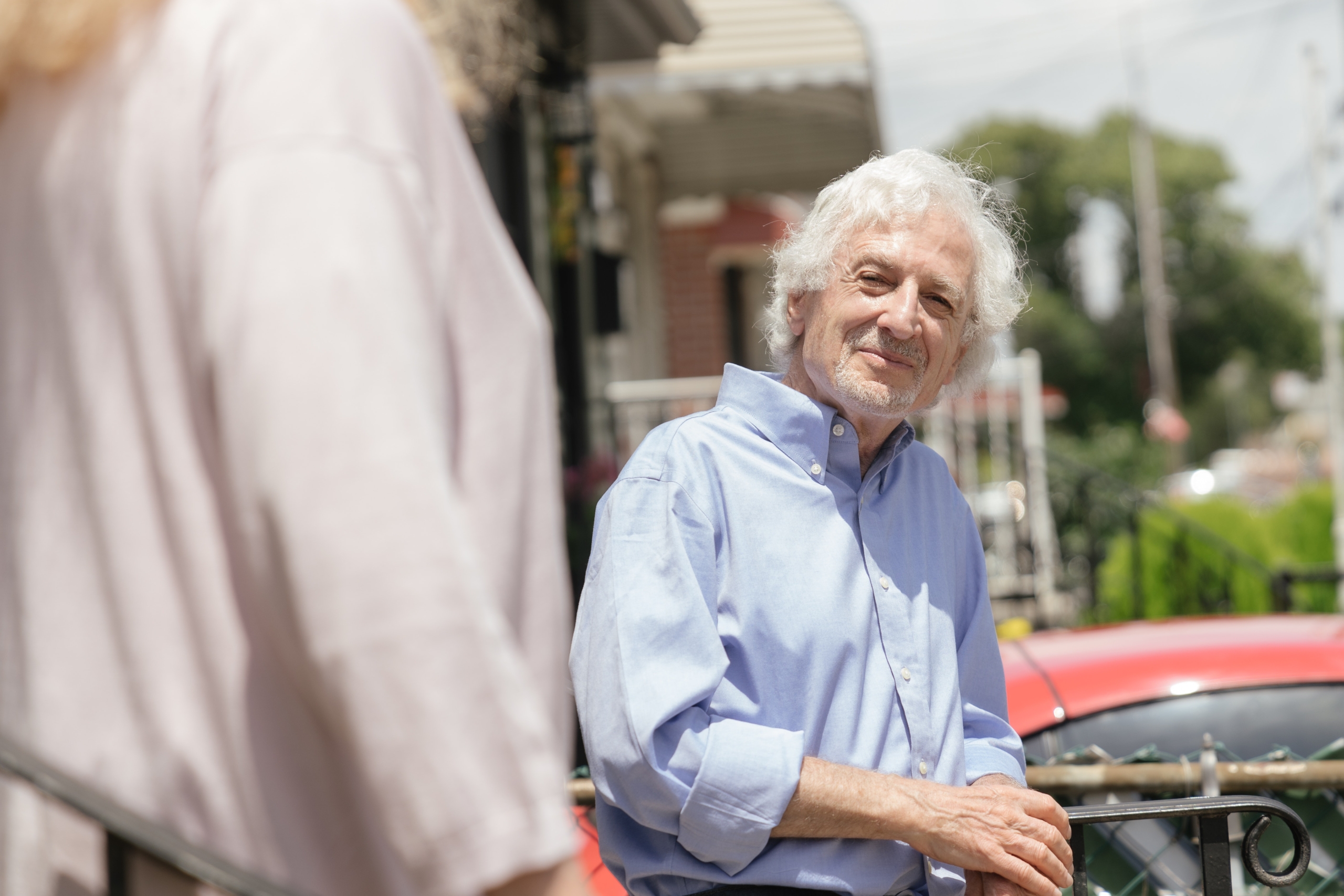If you are over the age of fifty-five, you have undoubtedly started thinking about the future, aka retirement, more intently and purposefully than you have in the past. Plus, when you look at the booming housing market (at least it’s still booming as I write), you start asking yourself whether or not you should sell out, downsize, and make a hefty profit on your home, or whether you should stay put, otherwise known as aging in place.
Aging in place is the decision and act of making any necessary adjustments and alternations to your current living space, so that you can remain living there safely and securely. That includes making the preparations and changes with the anticipation that you or your spouse may, at some point, need basic to more complex medical care, or have compromised or depleted mobility.
Many of these changes are simple, common-sense things. While I mean absolutely no disrespect, it is somewhat like child-proofing a house. Only instead of doing it so your things don’t get broken, you do it, so you don’t get broken.
That being said, let’s take a look at some of the most basic and practical things you can do to your house to safely age in place.
The Living Area
- Get rid of all throw rugs unless they are large area rugs that are securely held in place with furniture aren’t ‘toe traps’ in the normal pathways you take in the room.
- Make sure all cords are tucked neatly against the wall or under a table.
- Make sure the furniture you sit in is easy for you to use. You should not have to struggle to get out of it.
- Install LED light bulbs in all your lamps and light fixtures. They last longer, don’t get hot, and are cost less to use.
- ‘Dress’ the windows in blinds that are easy to open and close.
- Make sure you have a phone, phone charger, and television remote close to the chair you usually sit in. Extra batteries for the remote are a good idea, too.
- Make sure your front door is equipped with secure locks that are easy for you to operate, and a storm door so that you can open the primary door without granting access to whoever is on the other side.
Bedroom
- Make sure your bedside table has a lamp, a phone charger, and a list of emergency numbers. It is also a good idea to have a brief explanation of the medications you take and any medical conditions you have.
- Install a nightlight or lights that lead to the bathroom. They now make LED rope lighting that could easily be installed along the baseboards.
- Keep slip-proof slippers or socks on the floor by your bed.
- If possible, purchase a bed with a motorized lift and adjust component so that you can elevate your head slightly while sleeping. It helps with snoring, breathing, and can relieve pressure off your spine and neck.
Bathroom
- A walk-in shower is a must. Tubs are just too risky.
- Replace the toilet (if necessary) with one that is taller than the standard toilet. The additional height makes it easier and safer for you to get up and down.
- Grab bars in the shower, beside the shower, and alongside the toilet.
- Rugs should be thin, absorbent, and non-skid.
- A night-light is a must.
- The floor surface as well as the floor of the shower, should be textured, to prevent falls.
Kitchen
- Rearrange cabinets so that things you use most often are within your natural reach.
- No throw rugs.
- Make sure all smoke alarms are working (in the kitchen and everywhere else in the house, too).
- Regularly empty your refrigerator of leftovers and anything expired, to prevent mistakenly eating spoiled food.
- Do not use a stepstool. Wait for someone who is a bit steadier on their feet.
- Keep a mop handy to wipe up spills.
Laundry area
- If the laundry area is not on the main floor, make the necessary alterations to your house to make it so. If this is not possible, consider having someone come to the house to do your laundry for you. That might seem like an extravagance, but it is money well spent compared to falling and the repercussions that come with it.
While this article will by no means be all-inclusive, it is enough of a to-do list to get you headed in the right direction.
Guest post By Darla Nobel
The views expressed by the author may not reflect the views of Age Safe America, LLC. The content here should not be taken as medical, legal or financial advice. The content here is for informational purposes only, and because each person is so unique, please consult your own healthcare, legal or financial professional with any questions.

